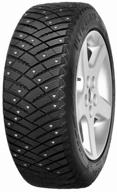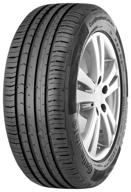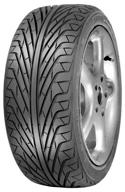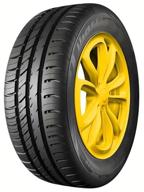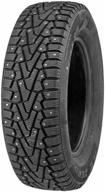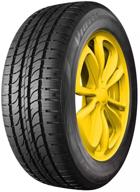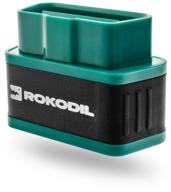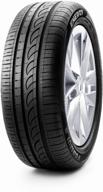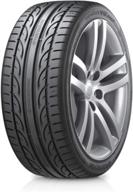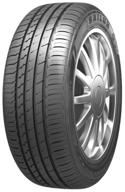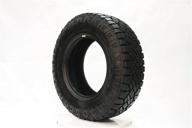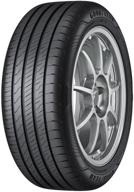Hankook Tire Winter i*Pike RS2 W429 195/65 R15 91T Review
1
·
Excellent

Rating
5.0
Automotive, 🚘 Tires & Wheels, 🔧 Tires & Wheels Parts, 🚘 Tires & Wheels
Description of Hankook Tire Winter i*Pike RS2 W429 195/65 R15 91T
The Hankook iPike RS2 winter tire, like the model of the now previous generation, is designed for passenger cars. It is characterized by improved traction on slippery surfaces, braking efficiency and reliability in difficult road conditions.
The key difference between this tire and the first generation iPike RS is the tread pattern. Its design remained symmetrical and directional, but the shape, size and arrangement of the elements changed significantly. The central part contains larger intersecting blocks. This noticeably optimizes the distribution of the external load across the contact patch in this area, thereby providing better grip stability.
In the shoulder areas, the blocks, on the contrary, noticeably decreased in size, and their number increased due to this. This solution improves the performance of the tread during longitudinal accelerations, and also makes it easier to get out of a rut covered with snow.
Like its predecessor, the tread of this tire contains several thousand so-called “3D lamellas” of narrow slots with 3-axis facets on the vertical walls. But at the same time, the shape and layout of these elements have been significantly changed. The lamellas in the central part are directed at a sharper angle relative to the movement. This significantly improves directional stability on slippery surfaces.
A significant part of the slots has a classic straight shape for such elements. Such lamellae are located in the central part at a slight angle. This solution improves longitudinal grip on wet surfaces by not only creating high and long edges, but also directing water into one of the nearby drainage grooves.
The next important innovation is the layout of the spikes. The number of longitudinal rows formed by them is not 10, as before, but 12. The spikes are located closer to the center of the tread, i.e. distributed more evenly over its entire area. This solution significantly improves the stability of grip on icy surfaces.
The tread pattern of the tire contains a large number of drainage grooves. A significant part of them is located at an acute angle, which makes it possible to use the rotation of the wheel to drain water and its mixture with snow. In the shoulder areas at the intersection with the transverse grooves, the tread has the ability to compact and retain snow, further enhancing grip.
Hide




